The discovery of precision die casting dates back to 1838. It was first used in the printing industry. The first die-casting license was issued in 1849. Scientists constructed a small printing machine a few years later. This machine was manually operated. The trend toward precision die casting is increasing day by day. The precision die-casting process creates highly accurate, complex shapes. So, we will shed light on the precision die-casting process, its advantages, and its drawbacks in this article.
What is Precision die casting?
Precision Die casting is a highly accurate and precise manufacturing process. It forces molten metal into a die or mold. In this way, it creates the desired shape or design of metal. Precision die-casting is a subtype of die-casting. It uses advanced technologies to make high-quality metals. Moreover, it produces metals with complicated geometries. It constructs parts required in low to medium volume.
The Complete Process of China Precision Die Casting:
Now you are familiar with the precision die casting method. You will be curious to know the complete step-by-step procedure. Let’s satisfy your curiosity by discussing its complete details. The complete process of precision die cast consists of various steps. These steps are: making a desired pattern, mold formation, selecting the right metal, melting the metal, injecting and solidifying the metal, and finally removing the desired metal. Go to precision CNC machining page.
1. Make the desired pattern.
The first step is to measure the dimensions of your desired product. Then make the design for the wax. The design should have the same pattern as your end product. The design is created using a metal injection die.
2. Mold Formation
Now we have replicated the pattern of our end product. The next step is to create a mold or die. It must be according to the required dimensions. Use CNC machining for mold formation. Make sure that the mold or die cast meets the requirements. Additionally, the mold must be free of defects.
3.Material Selection
After mold creation, select a suitable material for making metal products. Use metal alloys for this purpose. Consider the durability and strength of metal before choosing it. Select a metal with an appropriate melting point.
4. Melting of the Metal
Now the next step is to melt the metal. Therefore, heat the metal in a furnace. We can also use an induction melting machine to melt the metal. The ideal temperature for melting the metal is between 500°F and 3000°F.
5. Solidification of the metal
After melting the metal, pour it into the mold. We can use a precision die-casting machine to inject the molten metal. Make sure that the metal fills the mold completely and evenly. After that, allow the metal to cool. It will solidify after cooling.
6. Removal of the Metal
After solidification, the desired metal part is almost ready. Remove it from the mold. Clean the metal part after ejecting it. It will remove any excess material from the metal. Moreover, it will also eliminate impurities.
7. Finishing of the Desired Metal:
Now metal is ejected successfully. Perform additional operations to ensure a smooth metal surface. You can grind or polish the metal to obtain a high-quality product. Moreover, you can also apply surface coatings for a shiny metal texture.
What are the commonly used materials for precision die-casting?
Here are some commonly used materials for precision die casting:
| Material | Alloys | Characteristics | Typical Applications |
| Aluminum Alloys | A380, A360, A413, ADC12 | Lightweight, good corrosion resistance, high thermal and electrical conductivity, good mechanical properties | Automotive parts, aerospace components, electronic housings |
| Zinc Alloys | Zamak 2, Zamak 3, Zamak 5, ZA-8, ZA-27 | High ductility, excellent impact strength, good for thin-walled parts, low melting point | Hardware, automotive parts, electrical components |
| Magnesium Alloys | AZ91D, AM60, AS41 | Very lightweight, good strength-to-weight ratio, excellent machinability | Aerospace components, automotive parts, electronic devices |
| Copper Alloys | Brass (C85700, C85800), Bronze (C90300, C90500) | High strength, good wear resistance, excellent electrical conductivity | Electrical connectors, plumbing components, decorative parts |
| Lead Alloys | Lead-Antimony, Lead-Tin | Good corrosion resistance, high density, ease of casting | Radiation shielding, battery terminals, small components |
| Tin Alloys | Tin-Bronze, Tin-Zinc | Good corrosion resistance, low melting point, good fluidity | Bearings, bushings, food containers, decorative parts |
| Silicon Alloys | Silumin (Al-Si alloys), Mg-Si alloys | Enhanced fluidity, improved wear resistance, good mechanical properties | Automotive components, industrial machinery, electronic housings |
Effective Design Tips for Precision Die Casting
So, let’s discuss the design tips for precision die-casting. They will help us understand how we can make this process more effective and efficient.
| Design Tips | Tips | Reasons |
| Uniform Wall Thickness | Maintain consistent thickness throughout the part. | Reduces internal stresses, minimizes defects like warping, and ensures even cooling. |
| Draft Angles | Incorporate draft angles (1-3 degrees) on surfaces parallel to the direction of the die opening. | Facilitates easy removal from the die, reducing wear and preventing damage. |
| Fillets and Radii | Add fillets and radii to sharp edges and corners. | Enhances material flow, reduces stress concentrations, and prevents cracking. |
| Ribs and Bosses | Use thin ribs for reinforcement and bosses for mounting points. | Provides strength without adding bulk, preventing shrinkage defects and reducing material usage. |
| Proper Venting and Overflow | Design for adequate venting and overflow channels. | Prevents gas porosity, ensures complete filling, and reduces defects like shrinkage. |
| Tolerances and Machining Allowances | Specify realistic tolerances and machining allowances. | Allows for variations in the casting process and ensures critical dimensions post-casting machining. |
| Parting Line Placement | Design with a strategically placed parting line. | Minimizes flash simplifies die design and ensures clean ejection. |
| Surface Finish Considerations | Specify required surface finishes early. | Helps design die to meet finish requirements, reducing secondary operations. |
| Avoiding Undercuts | Design parts without undercuts or use sliding cores/lifters. | Simplifies die design and operation, reducing cost and complexity. |
| Material Selection | Choose appropriate alloys considering mechanical properties and application. | Ensures the final part meets performance requirements and application suitability. |
Advantages of the Precision Die Casting Process
Investment casting is another name for precision die casting. Now you know the complete step-by-step process of precision die-cast. Let’s explain the advantages of this process.
1. Precise Metal Parts
As the name indicates, this process produces precise metal parts. It means that the metal meets the exact specifications. It has accurate shapes and dimensions. It is achieved through advanced tools and techniques. These tools ensure the production of exact shapes.
2. Complicated Geometry
Precision die casting can create complicated geometries easily. It uses techniques like multi-slide molds, corepulls, and inserts to create complex shapes. Additionally, it ensures consistent, high-quality metal production. The quality remains the same even for large-scale production of metals.
3. Good Surface Finish
Precision die cast allows for polishing the metal surface. so that the metal gets a smooth surface finish. Moreover, controlled pouring minimizes defects. Similarly, optimized metal flow reduces turbulence. Hence, it ensures the smooth filling of the metal. As a result, the end product is polished and shiny.
4. Budget-Friendly
Precision die casting is a budget-friendly option. It yields less waste material. It lowers production costs. Furthermore, it minimizes the need for additional processes. Thus, the reduced need for additional machining and assembly reduces the cost further.
5. Corrosion-Resistant
Precision die casting ensures tight tolerance. Tight tolerance means all parts fit together perfectly. There are reduced pores. As a result, there is less area vulnerable to corrosion. Furthermore, it allows the application of corrosion-resistant coatings like chrome or nickel plating. Thus, it produces corrosion-resistant metals.
6. Environment-Friendly
Modern die-casting machines utilize energy efficiently. Moreover, it allows the recycling of metal alloys. The process also generates less waste material. Overall, it is an eco-friendly process.
7. Fast Production Rates
Precision die casting produces a large volume of metal in a short amount of time. Advanced machinery ensures fast production. Moreover, modern techniques ensure that rapid production doesn’t compromise quality.
8. Flexibility
Precise die casting is a flexible process. It supports various types of metals. It can be aluminum, magnesium, zinc, or copper. Precision die-casting produces parts with varying properties. Thus, it generates metals with different electrical conductivity and corrosion resistance.
Drawbacks of Precise Die Casting
Nothing is all good or all bad. This is a very famous saying. It means that everything has both positive and negative aspects. Let’s talk about the negative aspects of precision die casting.
1. Formation of Air Pockets
Air pockets are small voids or cavities in the metal. They are formed due to air entrainment. The formation of air pockets is a major challenge. It can decrease metal density. Moreover, it can increase the risk of fluid leakage. Thus, it reduces the efficiency of the process. Vacuum casting and pressure casting can reduce air pockets.
2. Maintenance
Die-cast parts may require additional processing. Machining or grinding can add significant costs to the process. Moreover, die-casting equipment needs regular repair. This is necessary to prevent breakdowns. Moreover, skilled workers are required to operate the die-casting machinery.
3. Expensive for Small Batches:
Although precise die casting is a pocket-friendly process for mass production, But it can become costly for small batches.
Applications of Precise Die Casting:
Now you have a good knowledge of the pros and cons of precise die casting. Let’s explain its applications. Precision die casting is used in various industries. These are mainly automotive, aerospace, electronics, consumer goods, and manufacturing industries. It generates complex vehicle parts, consumer goods, and industrial machinery. Similarly, it generates implants and surgical equipment. It also makes switches and electrical components. This shows that its role in the medical and electronic industries cannot be overlooked.
Why Choose ALU Die casting for China Precision Metal Casting
Aluminum die-casting manufacturer China Limited is a leading supplier of casting parts. Here are the reasons to choose precision die-casting:
- 20 years of practical experience.
- Excellent services at an affordable price
- Provide custom die-casting parts for cars, bikes, and musical instruments.
- Provide high-quality custom products.
- 100% Customer Satisfaction Guaranteed
Conclusion:
To sum up, the demand for precise metal casting processes is rising every day. It is a significant process in modern times. It is a category of die-casting. It is also known as the lost wax casting process. The complete process of precision die casting comprises many steps. Preparation of molds, selection of metal alloys, melting the metal, injecting the metal, and solidification are some of them. It has many advantages, such as large-scale production of metals. It produces intricate shapes. It is a sustainable process that reduces environmental pollution.
But it has some cons as well. Air traps and maintenance costs can reduce its efficiency. It is used in diverse industries. It constructs medical devices and electronics as well. ALU Die Casting for China is a well-reputed company for die casting. This company is famous for its quality. Moreover, it is also a pocket-friendly option. It is recommended for precision china die casting.
Frequently Asked Questions:
Q1. How long does the die-casting process last?
The time that the die-casting process takes varies. It is different for different materials. It depends on the part size and complexity.
Q2. Which materials can be used in a precision die-casting process?
The die-casting process deals mostly with nonferrous metals. It usually supports magnesium, aluminum, zinc, and copper. But it can also deal with ferrous metals like steel and titanium.
Q3. What quality control measures are in place during precision die casting?
- Quality control measures include the accuracy of the design of the mold.
- The type of material to be used
- An assessment of the critical parameters involved in the production process
- Examination of the finished part produced
- Compliance of the molded parts with international quality standards.
Q4. What kind of benefits can be achieved when using precision die casting compared to the other approaches?
This precision die-casting method has several advantages for the manufacturer:
- less material usage
- less necessity of initial machining
- high repeatability that leads to lower per-part costs


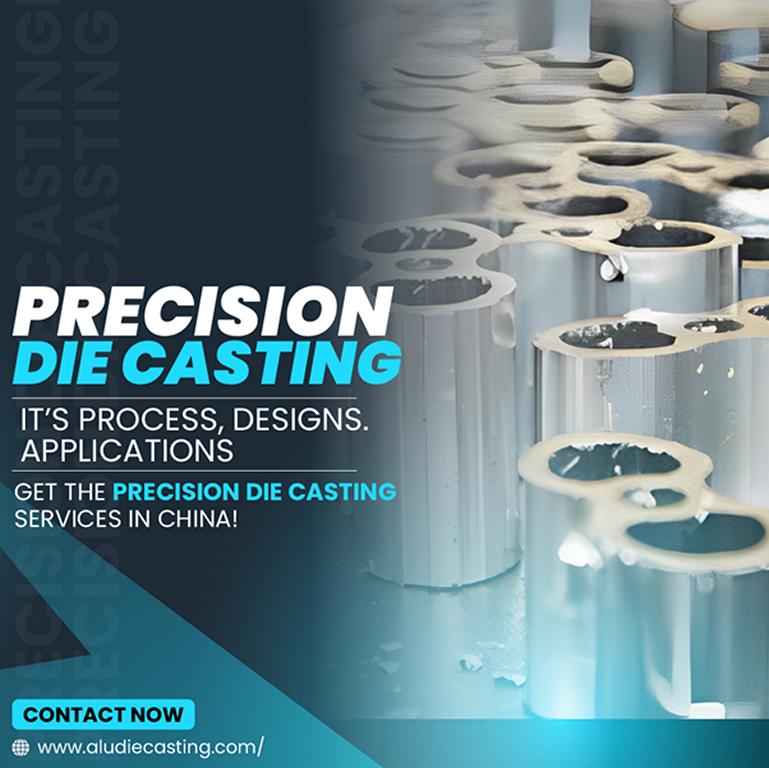

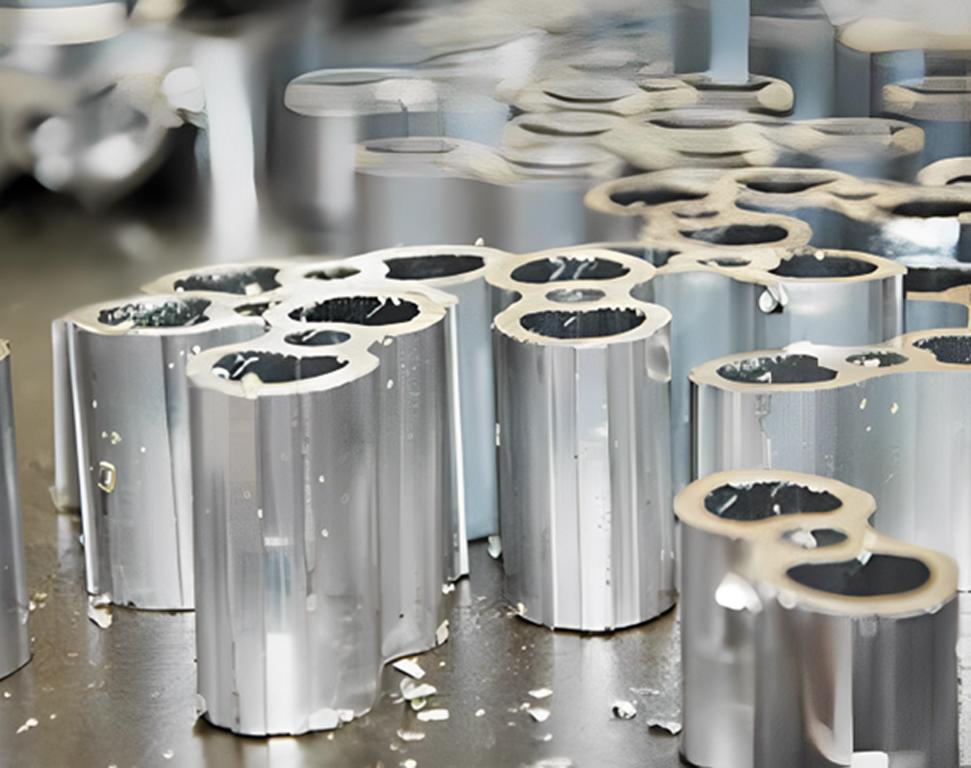
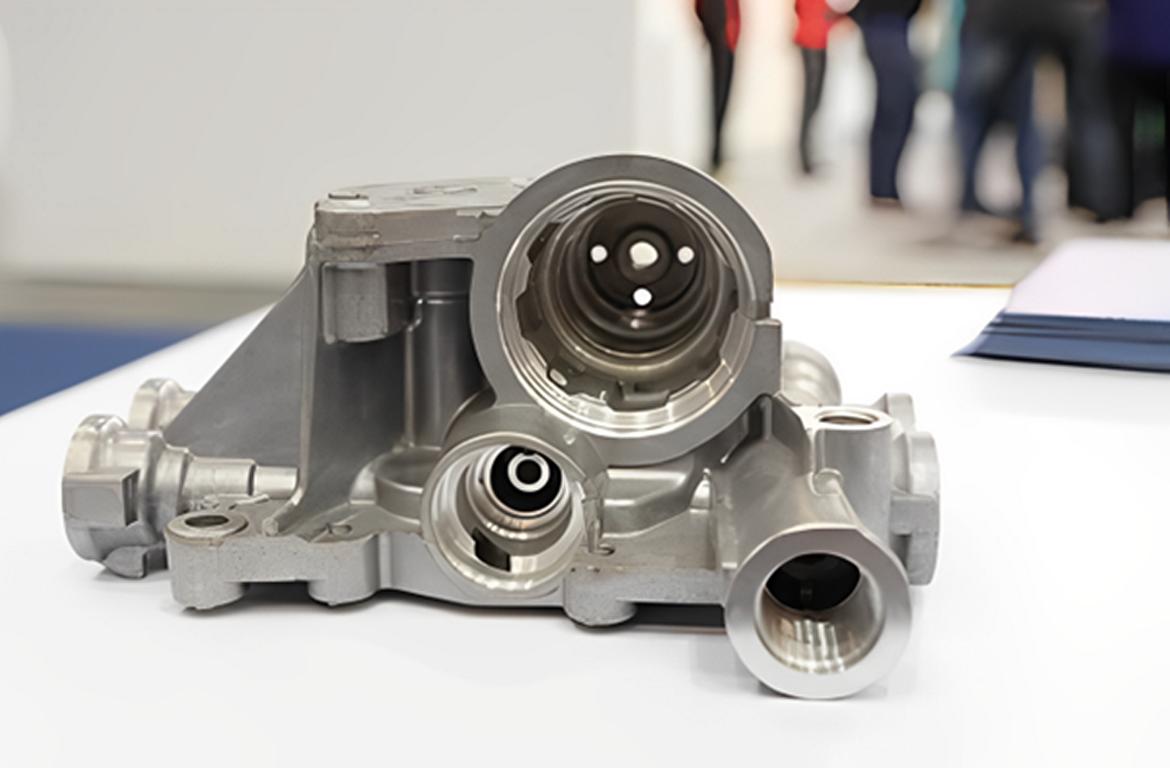
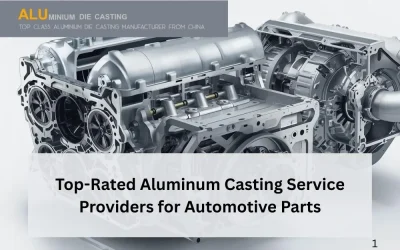

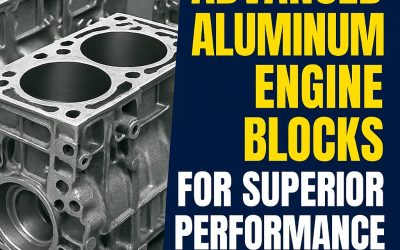
0 Comments